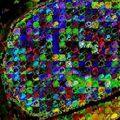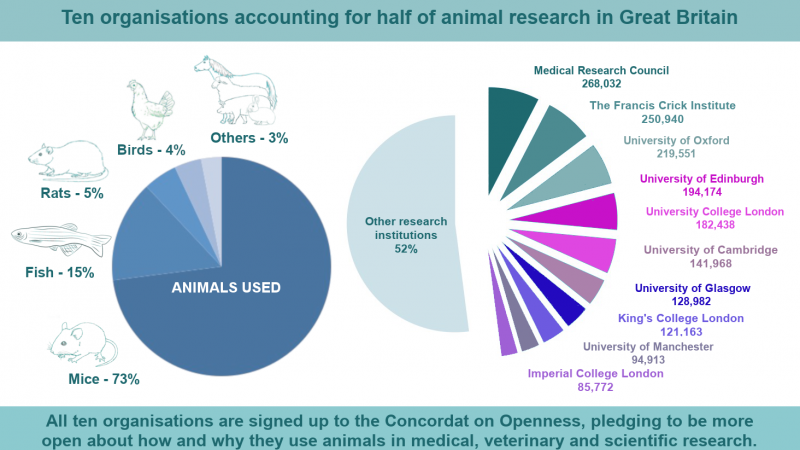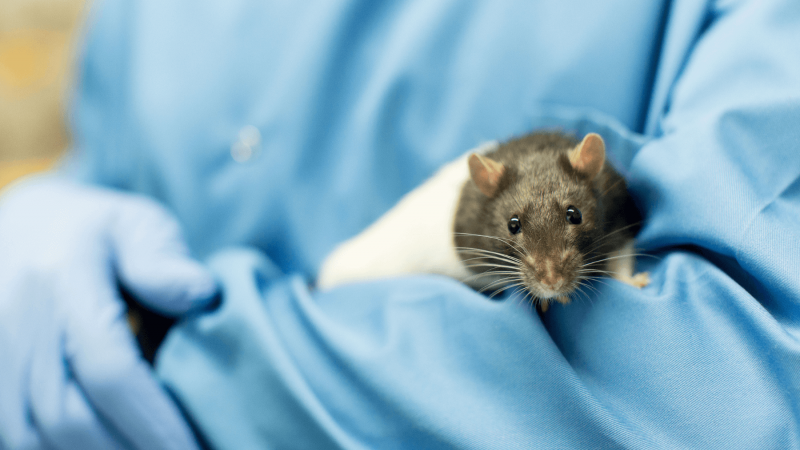Text to go here...
 Scientists have repaired damaged heart tissue in mice using a newly developed gene therapy. The technology is the first to turn non-beating heart cells into beating ones in a living animal and shows that in principle, it could be used to improve heart function in people who have suffered a heart attack.
Scientists have repaired damaged heart tissue in mice using a newly developed gene therapy. The technology is the first to turn non-beating heart cells into beating ones in a living animal and shows that in principle, it could be used to improve heart function in people who have suffered a heart attack.
During a heart attack, when the blood supply to part of the heart is cut off, due to a blocked artery for example, cardiac muscle cells die. The dead cells form scar tissue which is unable to beat, limiting the amount of blood the heart is able to pump around the body. This makes even mild physical activity difficult; walking up the stairs can leave victims breathless for example. But in new work, scientists have developed a gene therapy that reprogrammes specialised heart cells called fibroblasts, and turns them into beating heart muscle cells.
In previous work the team identified three genes, collectively called GMT, that direct the development of heart muscle in the embryo. In a test tube, they found that by turning these genes on in fibroblasts, they could create muscle cells. To achieve the same effect in a whole living animal the researchers injected a modified virus carrying the GMT genes into the hearts of mice that had been surgically induced under anaesthesia to have a heart attack. The virus delivered the genes into the cells where they were activated, turning the fibroblasts into heart muscle cells. Genetic and molecular tests confirmed to transformation.
The researchers also used MRI scanners to observe heart function three months after injection of the virus. The amount of blood pumped out of the heart per minute was significantly improved in mice that had received the GMT gene therapy compared to those that had not.
Regenerative medicine – using cells to repair damaged tissue – is a promising new approach to improving heart function following disease or accident that could significantly improve millions of lives through a relatively simple procedure. Further improvements will be needed before this gene therapy is ready for human trials but the work is an exciting step forward.
Last edited: 14 March 2022 08:50




